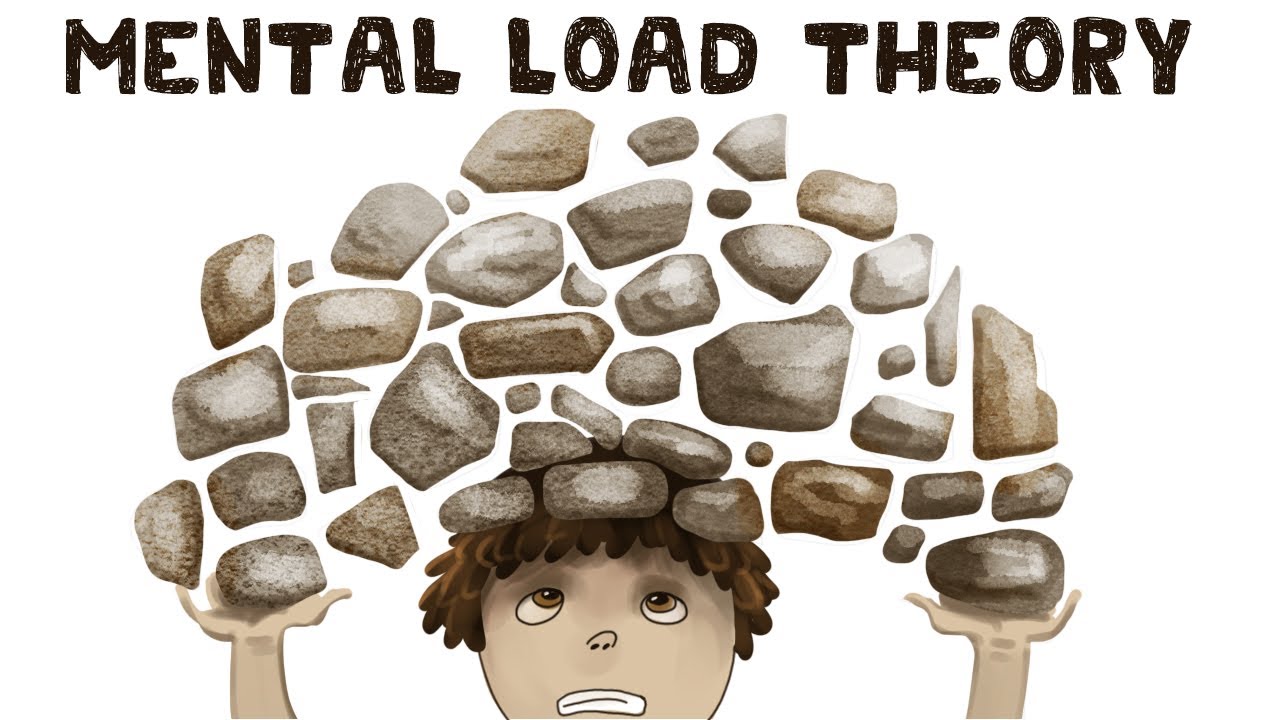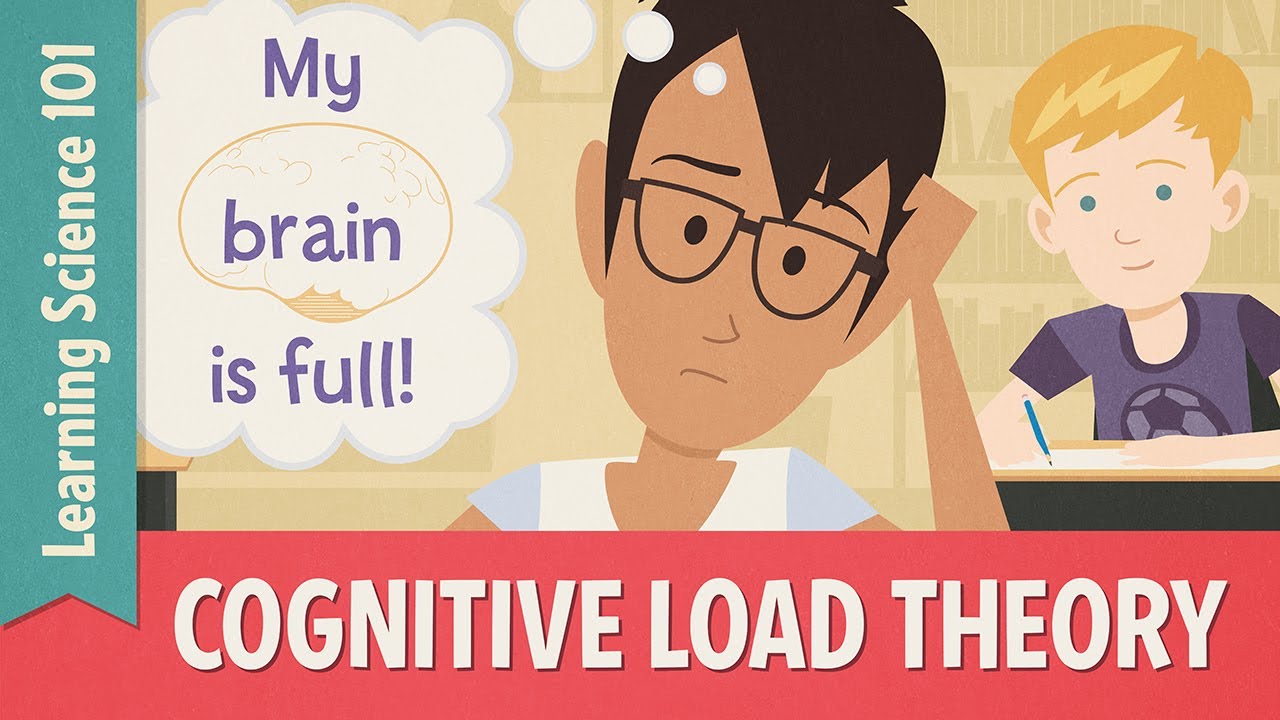Cognitive Load Theory
Major Concept Summary: Cognitive Load Theory
ED 304: Ed Psych and Human Development
Author: Kaleigh Le Vine
Verified by: Emily Walton 3/1/23, Macey Mattson 3/14/2023
Disclosure: ChatGPT3 was used in the creation of this resource.
Summary
Cognitive Load Theory (CLT) is a theory in cognitive psychology that describes the amount of mental effort required to perform a task. The theory was first introduced by cognitive psychologist John Sweller in the late 1980s and has since been widely studied and applied in the field of instructional design.
According to CLT, the amount of information that can be processed at one time is limited, and this limitation is referred to as cognitive load. The cognitive load can be influenced by several factors, including the structure and organization of the information, the type of information (such as visual or verbal), and the prior knowledge of the learner.
CLT proposes three types of cognitive load: intrinsic, extraneous, and germane. Intrinsic cognitive load is the inherent difficulty of a task or the information to be learned. Extraneous cognitive load is the load that results from poor instructional design, such as overloading the learner with irrelevant details or using confusing or complex layouts. Germane cognitive load is the load that is associated with the process of actually learning and acquiring new knowledge.
The overall goal of CLT is to optimize the design of instruction and materials to minimize extraneous cognitive load and maximize the germane cognitive load. This can be achieved by using instructional strategies such as chunking information, providing clear and concise instructions, and using visual aids to supplement verbal information. Additionally, CLT suggests that learners should be actively engaged in the learning process by being encouraged to generate their questions, predictions, and explanations.
CLT has been used in a wide range of fields, including education, training, and computer-based instruction. It has been applied to diverse areas such as mathematics, science, language learning, and software design. CLT has been applied to various learning modalities, including online, face-to-face, and blended learning.
In conclusion, CLT is a widely accepted theory that explains how cognitive load affects the learning process. By understanding the principles of CLT, instructional designers, and educators can create more effective and efficient learning experiences that minimize cognitive overload and maximize learning outcomes.
Ask the teacher: The students I interviewed were in their first year in school. We talked about purposely studying a certain amount so the brain doesn’t overload. The students asked specific questions that helped her understand the material that was given.
Connections to education:
- One way to apply cognitive load theory in the classroom is to use multimedia resources, such as videos or images, to supplement text-based materials. Research has shown that visual aids can help reduce cognitive load by providing students with multiple ways to process and understand information. This is valuable because it can help students better retain and recall the information they are learning.
- Another way to apply cognitive load theory in the classroom is to break down complex tasks into smaller, more manageable chunks. Research has shown that breaking down complex tasks can help reduce cognitive load by making the information more manageable for students. This is valuable because it can help students better understand and complete the task at hand.
Overall, cognitive load theory can be a valuable tool for teachers to improve the way they present information to students and promote more efficient and effective learning.
Key thinkers: John Swellers worked towards eliminating the working memory load associated with repetitive information
Summary box: Cognitive load theory is a theory that explains how the human brain processes information. The theory suggests that instructional designers should aim to minimize unnecessary cognitive load to promote efficient and effective learning.
Vocabulary:
Vocabulary:
Intrinsic - belonging naturally, essential
Extraneous - irrelevant or unrelated to the subject being dealt with
Current Events: https://nataliewexler.substack.com/p/want-kids-to-be-better-readers-and
Media Resources:


Resources: https://www.franklin.edu/institute/blog/cognitive-load-theory-helping-students-learning-systems-function-more-efficiently (Want to learn, better check this out)
https://www.structural-learning.com/post/cognitive-load-theory-a-teachers-guide
(good video that describes cognitive load theory)

https://exploringyourmind.com/john-swellers-cognitive-load-theory/
Questions
Which of the following is NOT a factor that can influence cognitive load?
- The complexity of the task
- The prior knowledge of the learner
- The temperature of the room
- The modality of presentation
The cognitive load caused by germane information can be reduced by using worked examples.
- True
- False
Cognitive load theory can be used to inform the design of instructional materials for learners with different cognitive styles.
- True
- False
According to cognitive load theory, what is the purpose of providing learners with worked examples?
- They increase the cognitive load by providing too much information
- They reduce cognitive load by providing a clear understanding of how to solve problems
- They do not affect cognitive load
- They increase the cognitive load by requiring learners to generate their example
Which of the following is NOT one of the three types of cognitive load identified by cognitive load theory?
- Intrinsic load
- Extraneous load
- Emotional load
- Germane load
This content is provided to you freely by BYU-I Books.
Access it online or download it at https://books.byui.edu/development_motivati/maj91_cognitive_load.



